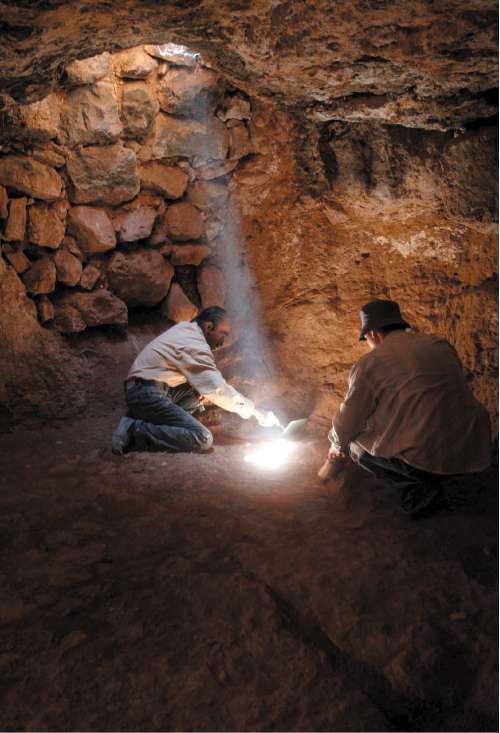World's oldest church unearthed in Jordan

Archaeologists in Jordan have discovered what they believe to be the oldest Christian church, which was used by Christ's followers who fled Jerusalem after the crucifixion.
The underground chapel, hidden beneath the Saint Georgeous Church in Rihab, near the Syrian border, is thought to date from between AD33 and AD70, and would have served as both a place of worship and a home.
Abdul Qader Husan, head of the Rihab Centre for Archaeological Studies, said: "We have evidence to believe this church sheltered the early Christians – the 70 disciples of Jesus Christ." A mosaic inscription on the Saint Georgeous floor pays homage to the "70 beloved by God and Divine" who escaped to northern Jordan from the persecution of the Christians in Jerusalem.
These early Christians practised their rituals in the secrecy of the underground cave – about 12 metres long and seven metres wide – until the Christian religion was embraced by the Roman rulers. It was then that Saint Georgeous Church was built on top.
The archaeologists discovered pieces of pottery that date back to the third and seventh centuries, but more important, according to Mr Husan, was the unearthing of a circular area, believed to be the church's apse, where the altar normally stands, and several stone seats for the clergy. They also found a tunnel leading to a cistern that would have supplied water.
This will be the focus of further excavations as the team searches for more clues to piece together the chapel's story.
The Bishop Deputy of the Greek Orthodox Archdiocese, Archimandrite Nektarious, described the discovery as an "important milestone for Christians all around the world". He is quoted in The Jordanian Times as saying: "The only other cave in the world similar in shape and purpose is in Thessalonika, Greece."
The Jordanian Ministry of Tourism said that it planned to use the discovery to promote tourism in the area. Some critics have accused the archaeologists of exaggerating their claims in the hope of promoting local tourism.
Join our commenting forum
Join thought-provoking conversations, follow other Independent readers and see their replies
Comments